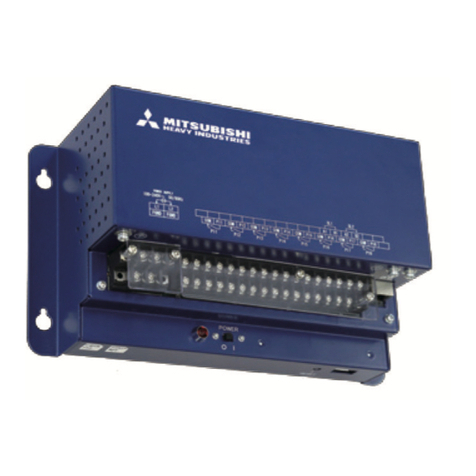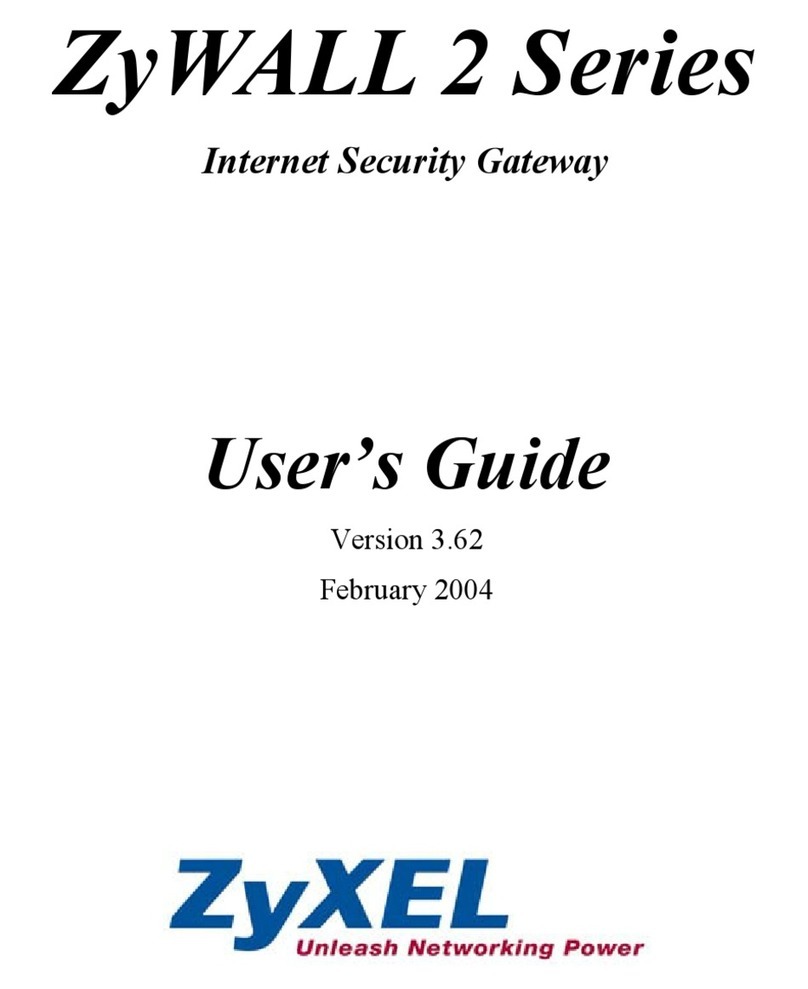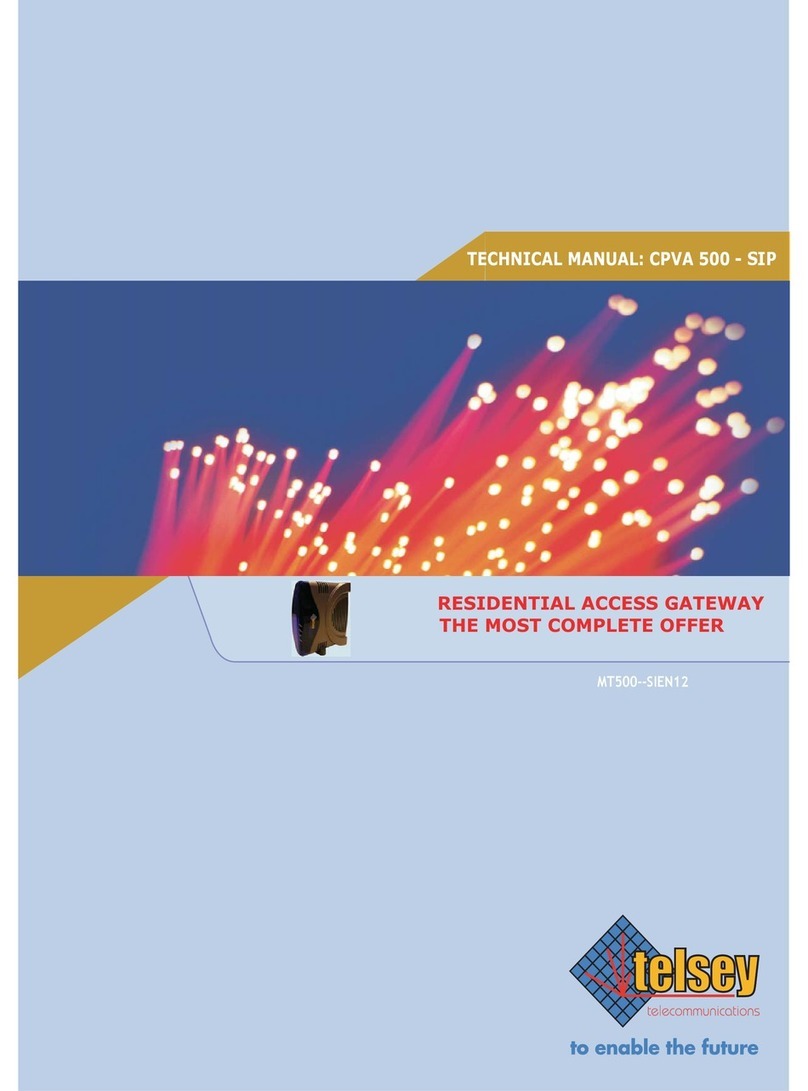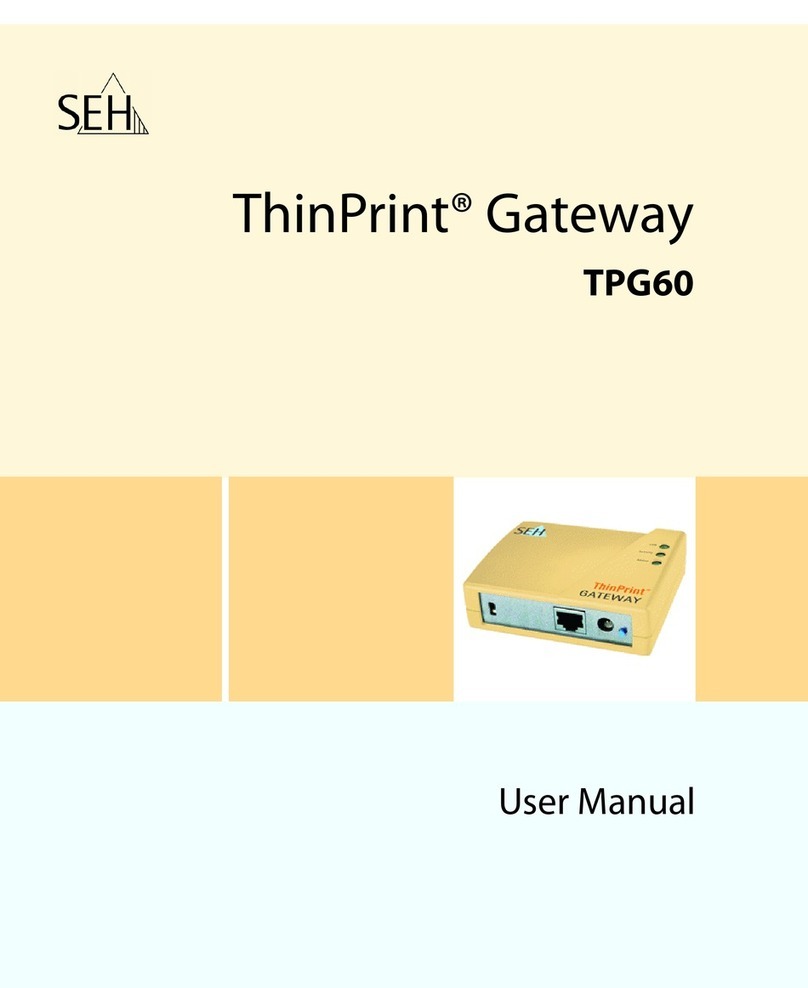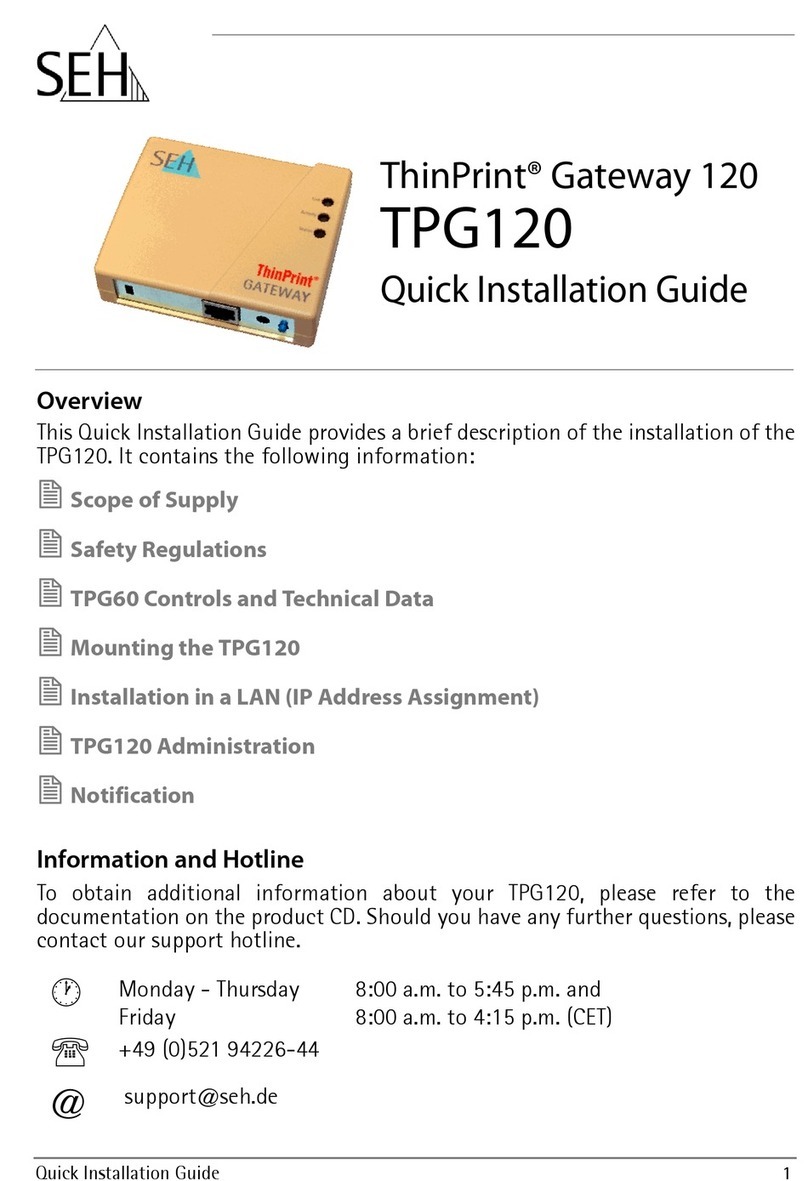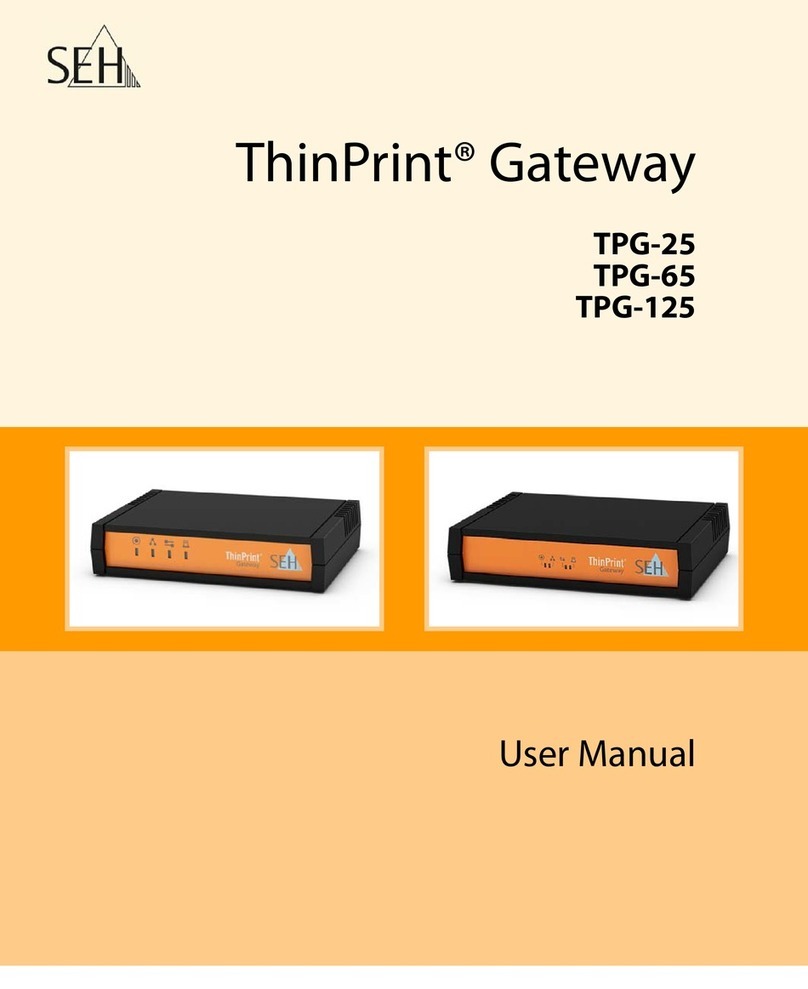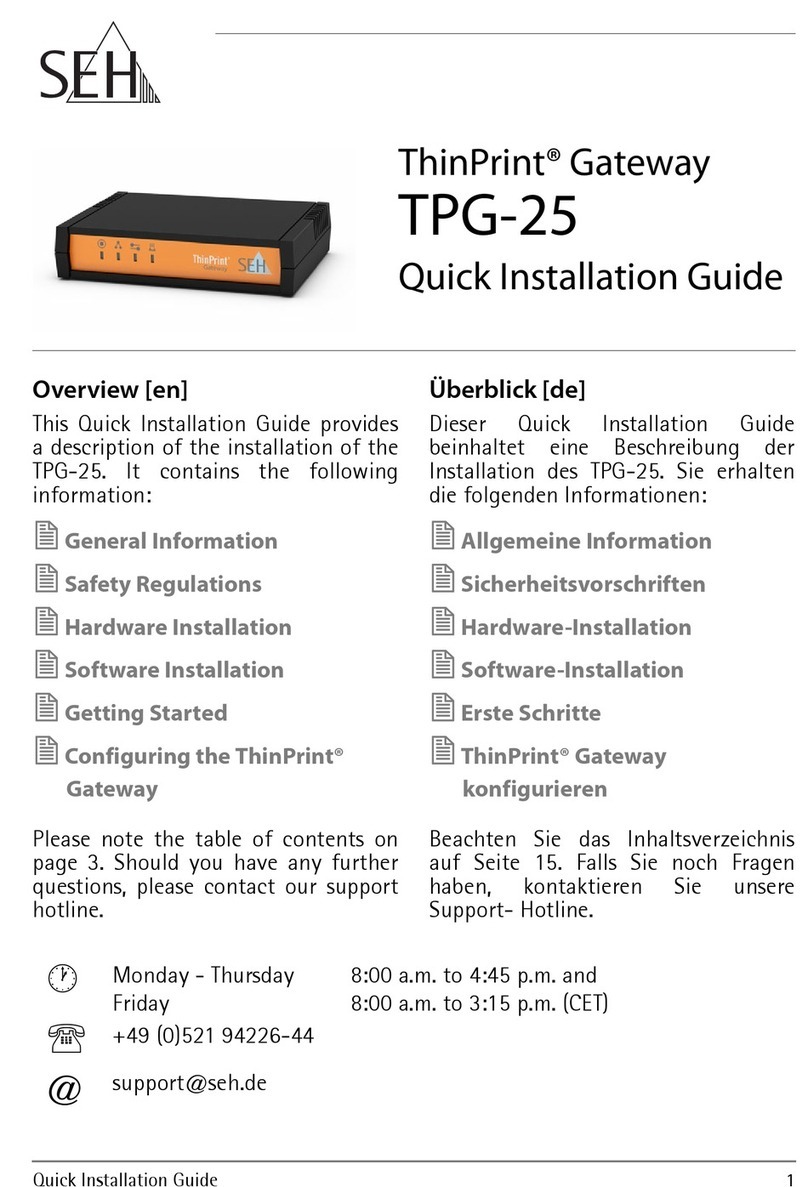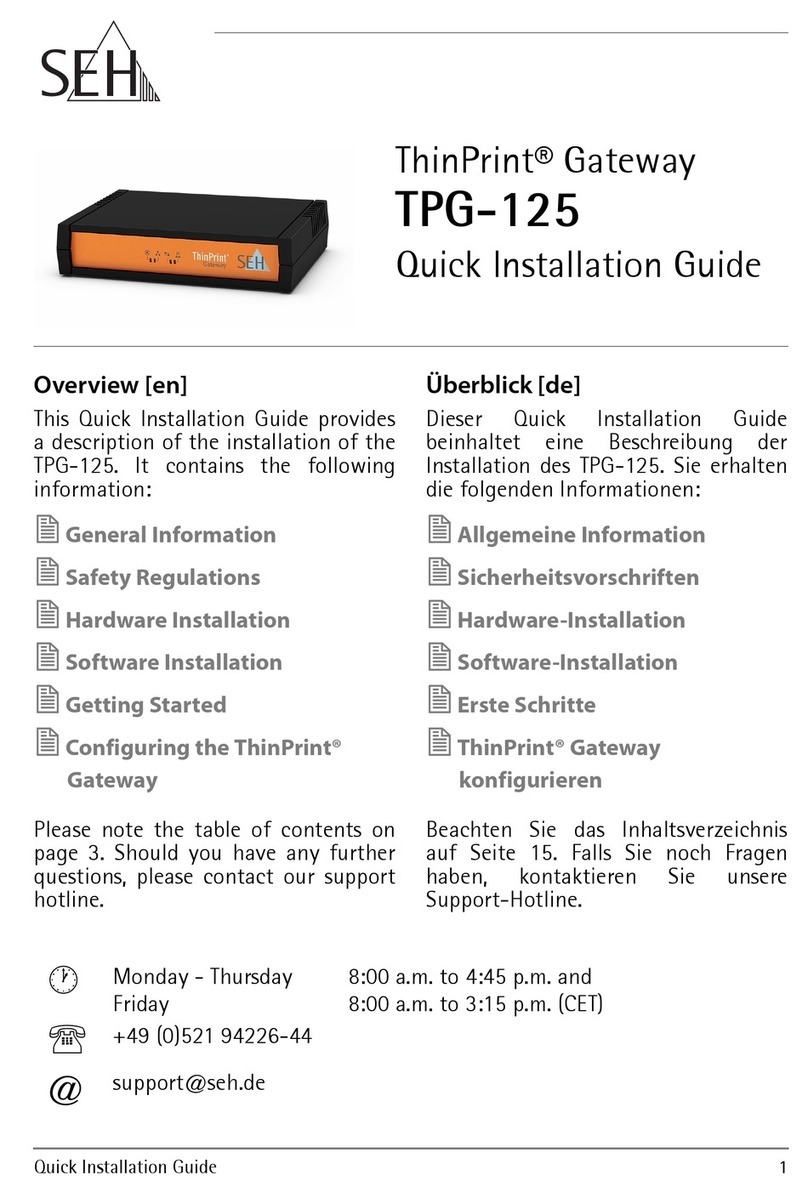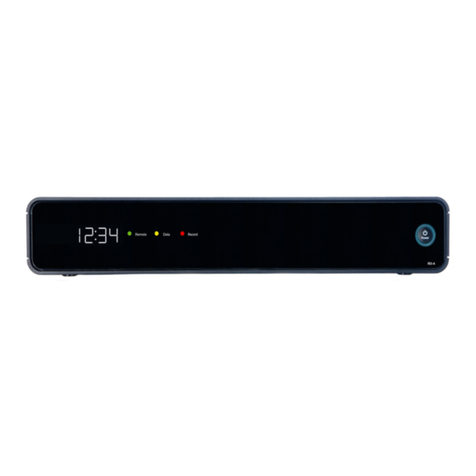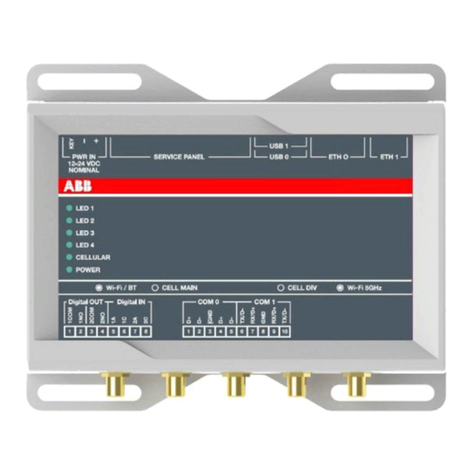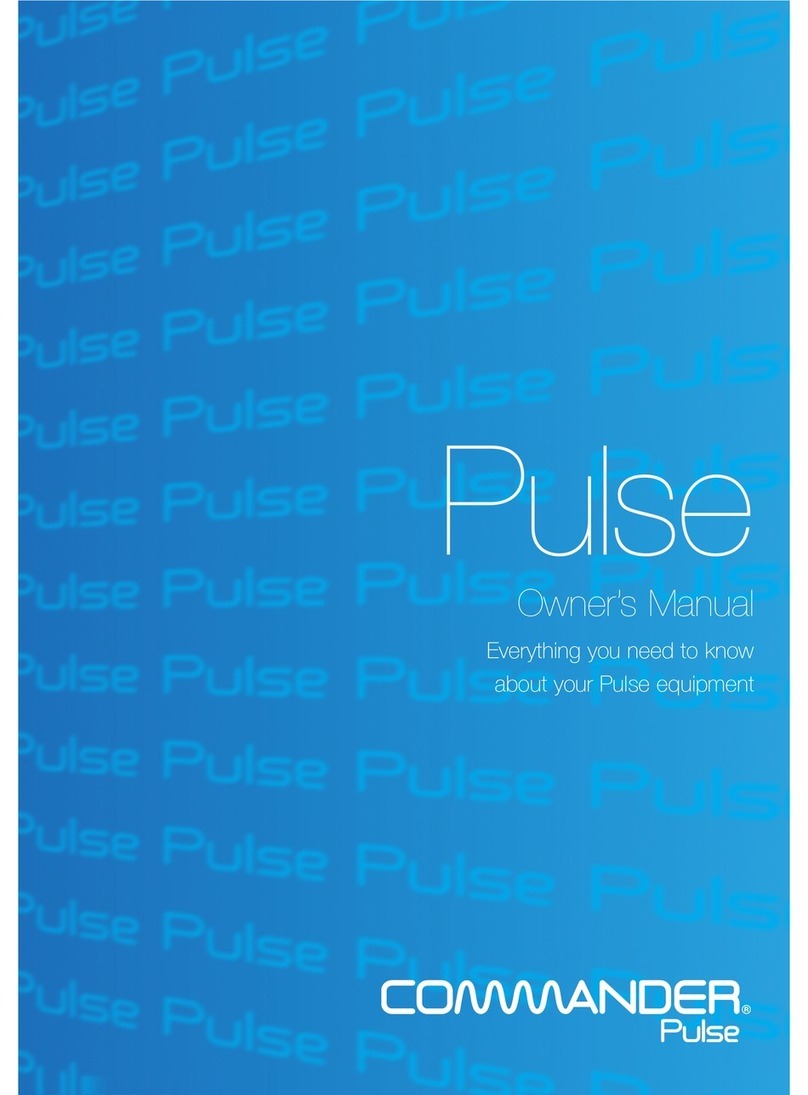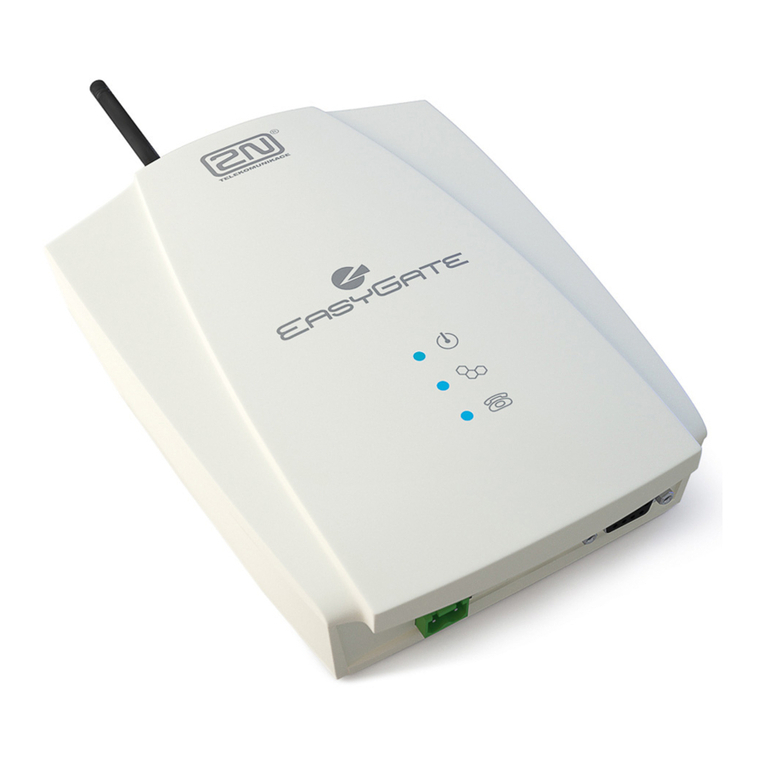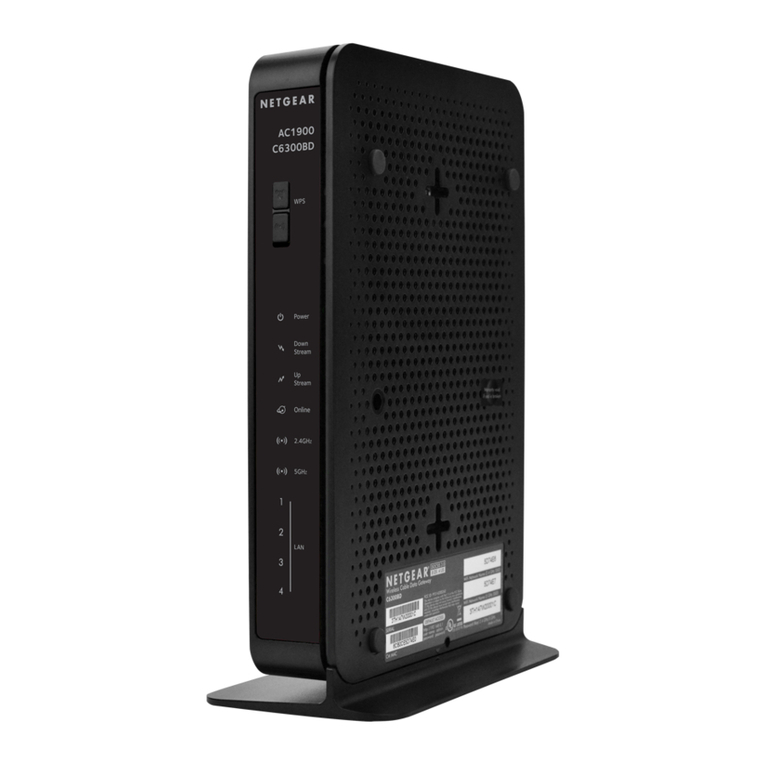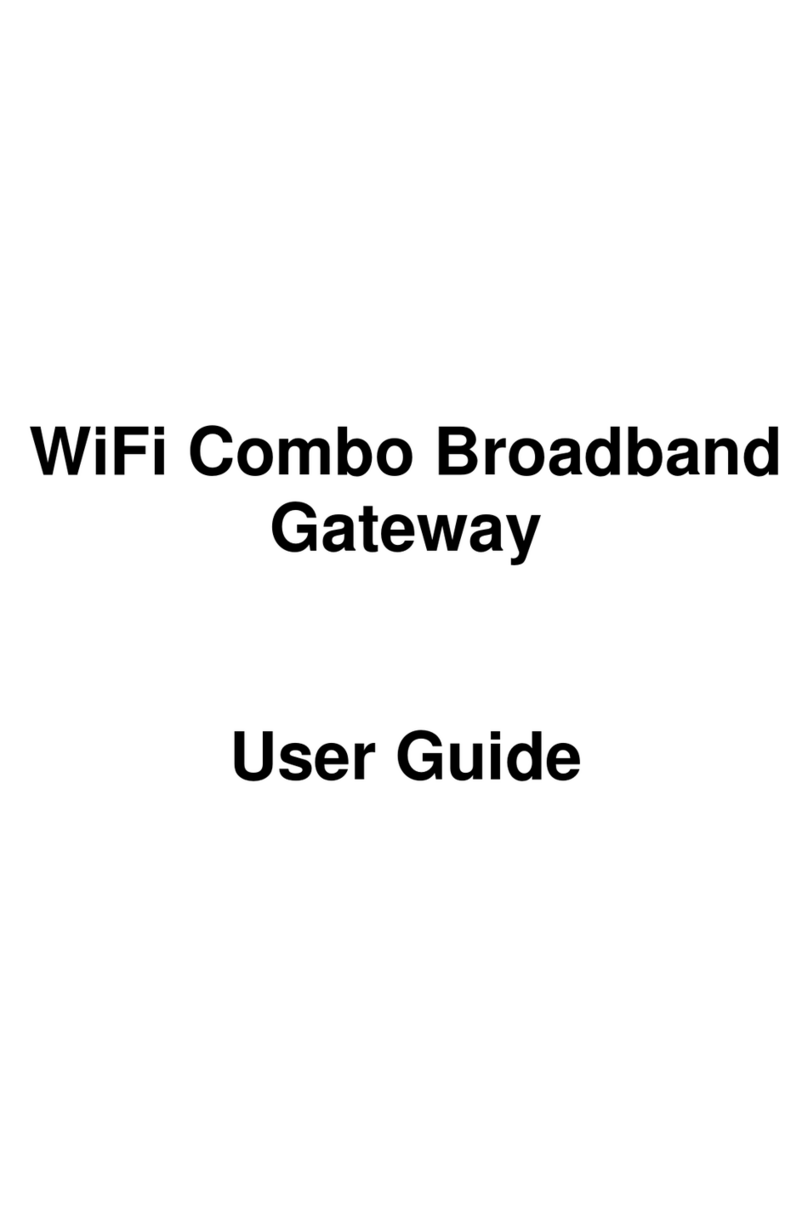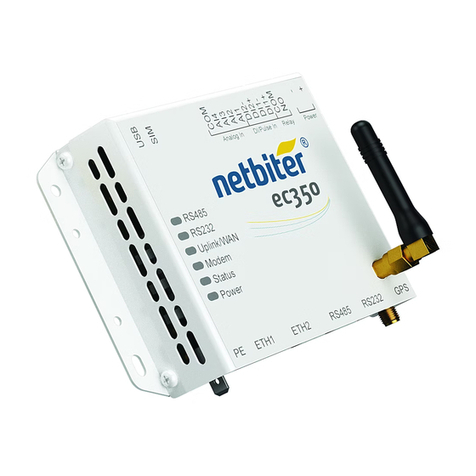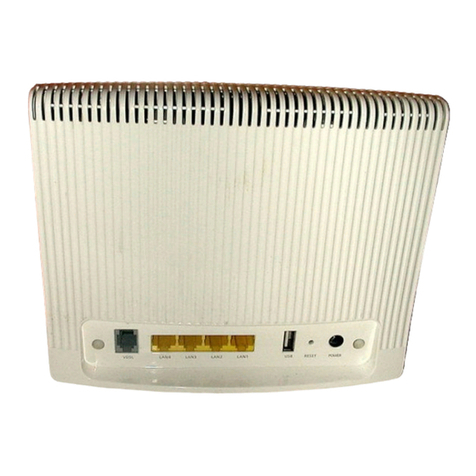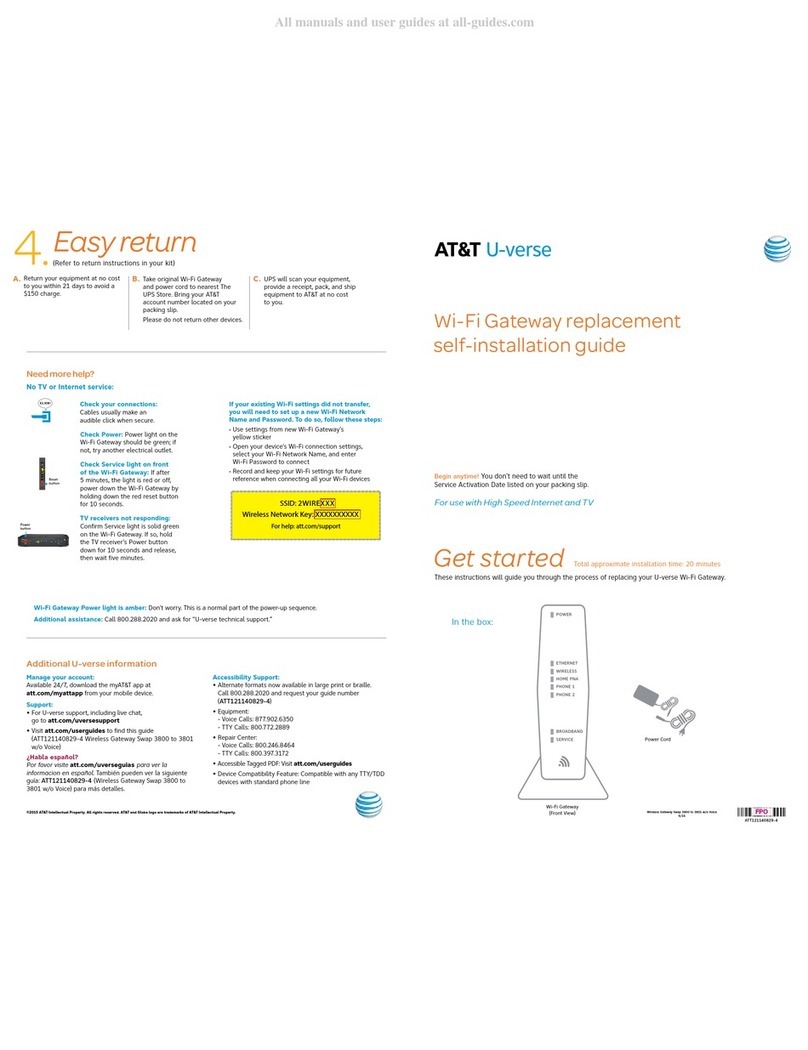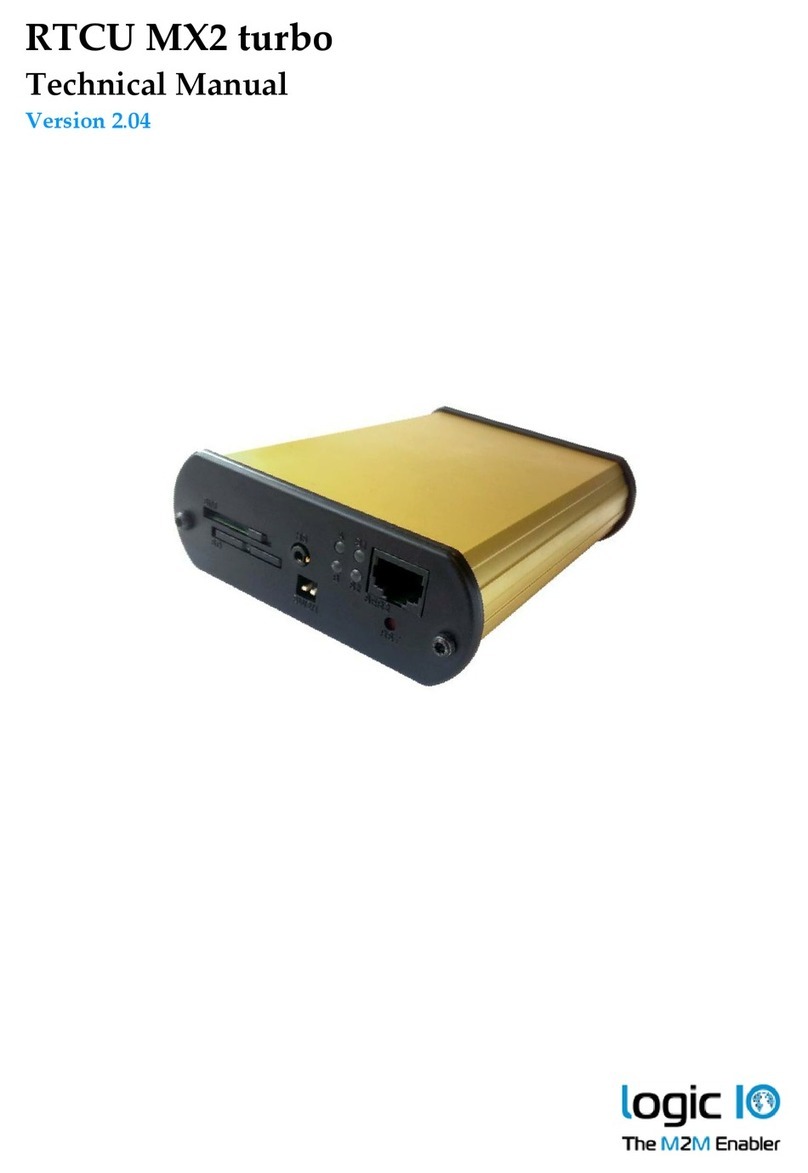TPG User Manual 3
Table of Contents
1 General Information. . . . . . . . . . . . . . . . . . . . . . . . . . . . . . . . . . . . . . 5
1.1 ThinPrint® Gateway . . . . . . . . . . . . . . . . . . . . . . . . . . . . . . . . . . . . . . . . . . . . . . . . 6
1.2 Documentation. . . . . . . . . . . . . . . . . . . . . . . . . . . . . . . . . . . . . . . . . . . . . . . . . . . . 8
1.3 Support and Service . . . . . . . . . . . . . . . . . . . . . . . . . . . . . . . . . . . . . . . . . . . . . . 10
1.4 Your Safety . . . . . . . . . . . . . . . . . . . . . . . . . . . . . . . . . . . . . . . . . . . . . . . . . . . . . . . 11
1.5 First Steps . . . . . . . . . . . . . . . . . . . . . . . . . . . . . . . . . . . . . . . . . . . . . . . . . . . . . . . . 12
1.6 Saving the IP Address in the TPG . . . . . . . . . . . . . . . . . . . . . . . . . . . . . . . . . . 13
2 Administration Methods . . . . . . . . . . . . . . . . . . . . . . . . . . . . . . . . 17
2.1 Administration via the TPG Homepage . . . . . . . . . . . . . . . . . . . . . . . . . . . . 17
2.2 Administration via the InterCon-NetTool . . . . . . . . . . . . . . . . . . . . . . . . . . 19
2.3 Administration via an FTP/FTPS Connection . . . . . . . . . . . . . . . . . . . . . . . 28
2.4 Administration via the TPG Status Button. . . . . . . . . . . . . . . . . . . . . . . . . . 29
3 Status Information . . . . . . . . . . . . . . . . . . . . . . . . . . . . . . . . . . . . . . 30
3.1 How to Display TPG Status Information . . . . . . . . . . . . . . . . . . . . . . . . . . . . 30
3.2 How to get Printer Status Messages . . . . . . . . . . . . . . . . . . . . . . . . . . . . . . . 31
3.3 How to Get Status Information on the Printer Connections . . . . . . . . . 33
3.4 How to Display the Job History . . . . . . . . . . . . . . . . . . . . . . . . . . . . . . . . . . . . 35
3.5 How to Print a Status or Service Page . . . . . . . . . . . . . . . . . . . . . . . . . . . . . . 37
4 Network and Device Settings . . . . . . . . . . . . . . . . . . . . . . . . . . . . 41
4.1 How to Configure TCP/IP Parameters . . . . . . . . . . . . . . . . . . . . . . . . . . . . . . 42
4.2 How to Configure the DNS . . . . . . . . . . . . . . . . . . . . . . . . . . . . . . . . . . . . . . . . 44
4.3 How to Enable/Disable Bonjour . . . . . . . . . . . . . . . . . . . . . . . . . . . . . . . . . . . 45
4.4 How to Adapt the Network Speed . . . . . . . . . . . . . . . . . . . . . . . . . . . . . . . . . 47
4.5 How to Configure the Device Time . . . . . . . . . . . . . . . . . . . . . . . . . . . . . . . . 48
4.6 How to Configure the Language of the Device . . . . . . . . . . . . . . . . . . . . . 49
4.7 How to Determine a Description . . . . . . . . . . . . . . . . . . . . . . . . . . . . . . . . . . 51
5 ThinPrint® Settings. . . . . . . . . . . . . . . . . . . . . . . . . . . . . . . . . . . . . . 52
5.1 How to Define the ThinPrint® Port . . . . . . . . . . . . . . . . . . . . . . . . . . . . . . . . . 52
5.2 How to Define the Bandwidth . . . . . . . . . . . . . . . . . . . . . . . . . . . . . . . . . . . . . 53
5.3 How to Integrate Printers . . . . . . . . . . . . . . . . . . . . . . . . . . . . . . . . . . . . . . . . . 54
5.4 How to define Timeouts . . . . . . . . . . . . . . . . . . . . . . . . . . . . . . . . . . . . . . . . . . 56
5.5 How to Use the ThinPrint® Connection Service. . . . . . . . . . . . . . . . . . . . . 58



